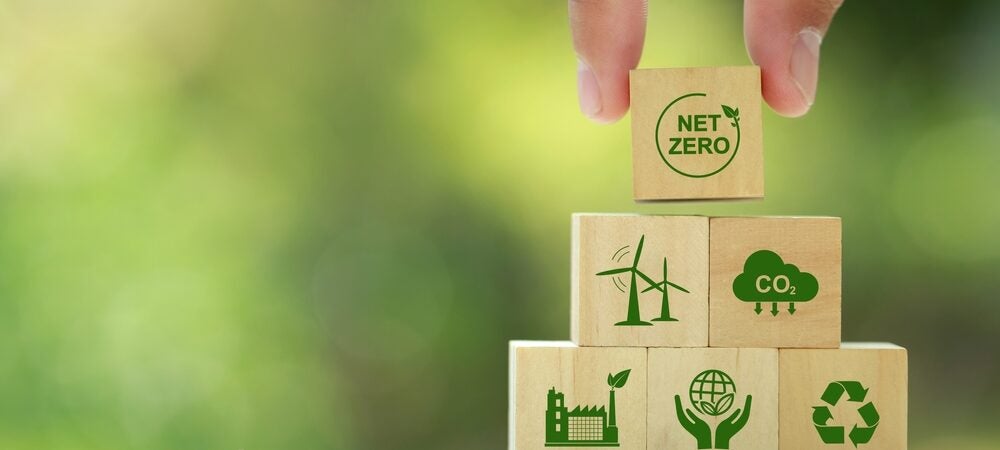In April 2022, Italy’s first offshore wind farm went into operation at the port of Taranto, powered by turbines produced by Chinese firm MingYang. This marked a first win for the Chinese wind champion in Europe’s offshore market. Just a few months prior, the largest wind farm in Croatia opened in the coastal town of Senj, constructed and run by Chinese company Norinco International. This too was equipped with turbines imported from China. These were produced by Shanghai Electric, another of China’s champions in the wind sector and among the top ten companies globally in the sector.
European countries are investing heavily in the green transition. But projects such as the Italian and Croatian wind farms have taken on new relevance and urgency as Europe deals with the war in Ukraine and works to reduce its energy dependence on Russia. Both projects, however, illustrate the challenges ahead for the European Union in ensuring a future that is both green and energy-secure. In the Taranto project, a European turbine-maker’s failure to deliver products on time provided an opening for its Chinese competitor. At Senj, Norinco International, which is providing both capital and hardware, is not only a Chinese state-owned industrial giant, but also a major defence company and supplier of weapons and equipment to the Chinese People’s Liberation Army.
Though Europe’s oil and gas dependence on Russia is the more immediate chokepoint, its reliance on China for the energy technologies of the future poses a similar problem. China has become a global player across a wide range of green technologies, which makes it indispensable for the green transition that the EU is pursuing. As with Russia, this creates risks of over-dependence on an authoritarian power. Compared to Russia, however, China is a far bigger non-market economy and has much greater sway over global technology markets.
Circuit-breakers-Securing-Europes-green-energy-supply-chainsTo read the full report from the Rhodium Group. please click here.

